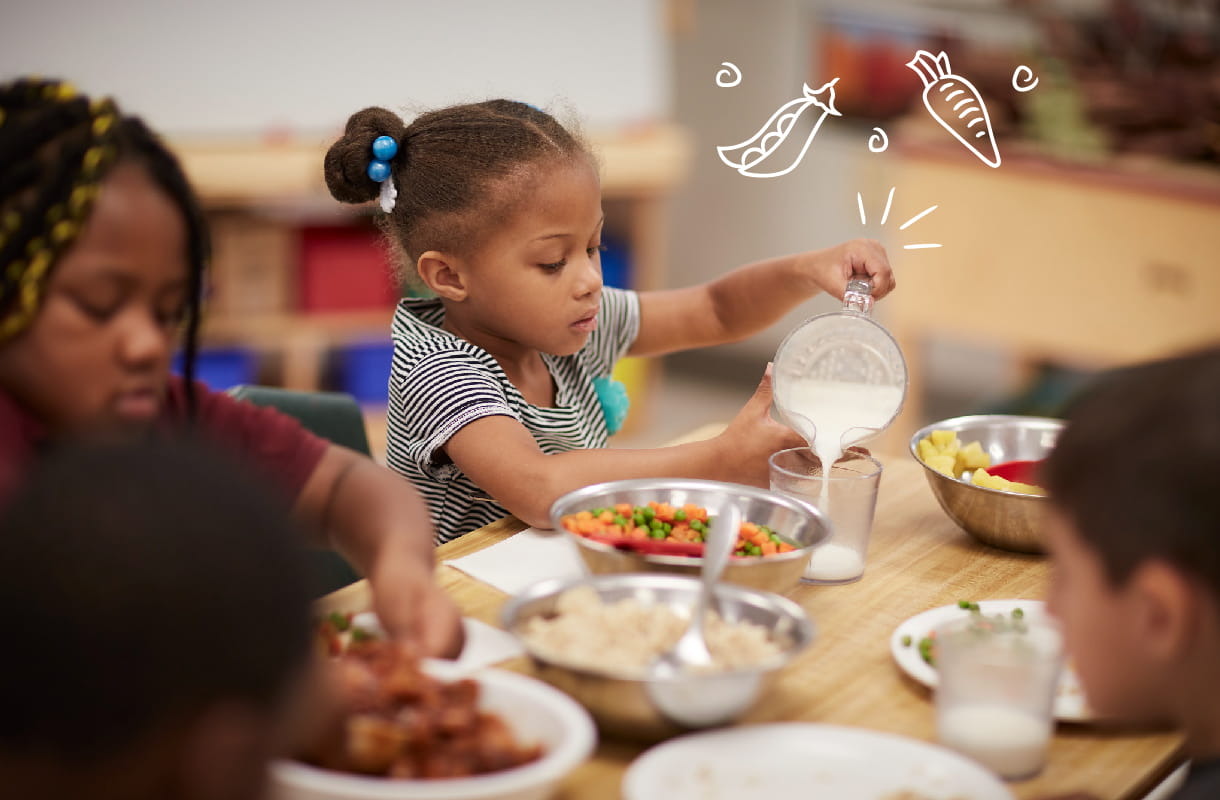How to Reduce Sugar in Your Child’s Diet
January comes as a welcome relief for families who might have overdone it on sweets and treats in December. Parties, holiday meals, and breaks in routine can make it hard to choose healthier foods. And, we’re not just looking at you, adults! Kids can use a menu refresh too!

You can also get started on these four kid-tested, nutritionist-approved alternatives for weekend pancake feasts, plus four more dressing and dip recipes to help your family cut down on sugar without compromising flavor!





